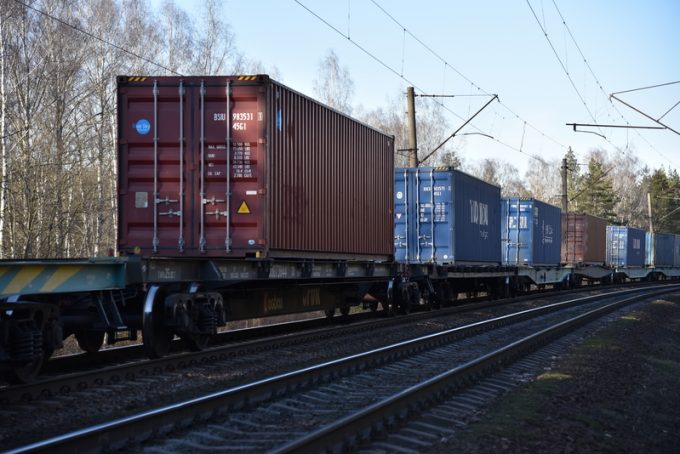VIDEO: Ukraine special forces destroy Russian freight train
Russia’s railfreight problems are only continuing to worsen. After sanctions last year sucked the country ...

Shippers are increasingly looking for alternative transport modes to avoid cargo being delayed by ships rerouting to avoid attacks in the Red Sea.
Multiple forwarders told The Loadstar this week they had received a rash of enquiries for bringing goods from China into Europe by rail through Russia.
One forwarder said: “We’ve had quite a few enquiries about rail, although the insurance underwriters have advised us against this, saying ‘do it and you won’t be covered’.”
Amazon pushes into LTL for small package fulfilment and UPS does a u-turn
New senior management for DSV as it readies for DB Schenker takeover
Volumes set to 'fall off a cliff' as US firms hit the brakes on sourcing and bookings
Asian exporters scramble for ships and boxes to beat 90-day tariff pause
Temporary tariff relief brings on early transpacific peak season
'Tariff madness' will prompt renegotiation of ocean shipping contracts
Response to tariffs by Chinese importers may see extra costs for US shippers
Forwarders 'allowing the fox into the chicken run' by supporting 'hungry' carriers

Comment on this article
Andrew Gillespie
January 06, 2024 at 9:29 pmRail is a drop in a large bucket of TEU flowing from China to Europe. And, that doesn’t even touch any other parts of ASIA to Europe.